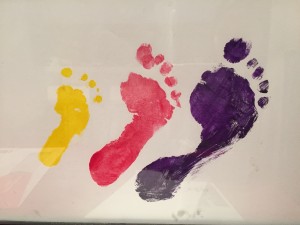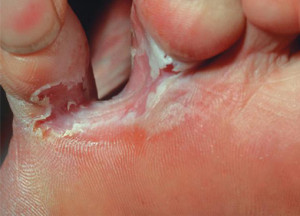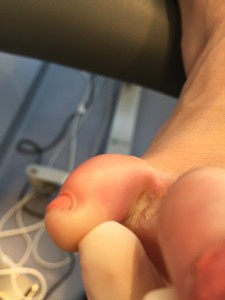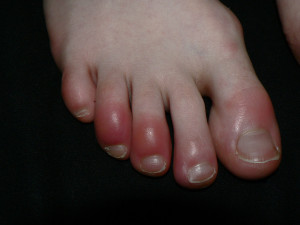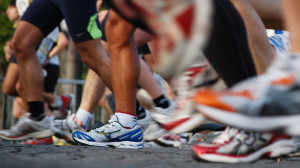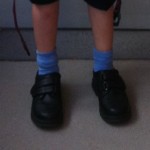It is important that Diabetic monitor their blood sugar levels regularly, maintain an active lifestyle and healthy diet, but also, that they take care of their foot health!
People who have diabetes have a much higher chance of developing Neuropathy and vascular conditions, which affect the sensation in the feet and the ability to heal any wounds, which may occur. As a result it is important for Diabetics to follow a few guidelines to take care of their feet.
- Annual foot health checks with a podiatrist (this can often attract a medicare rebate if the patient has a team care plan from their GP)
- Ensure you have a good fitting shoe which has a large toe box to prevent rubbing and natural fibre shoes and socks
DAILY FOOT CHECK
- Take a look at the bottom of your feet every day. If you can’t reach your feet to see your feet, use a mirror to look at the bottom
- Ensure you dry your feet thoroughly especially between the toes. If you can’t reach your feet, you can put a portion of towel on a ruler and wipe between the toes)
- Apply daily moisturiser to the heels (not between the toes)
WHAT TO AVOID
- HEAT- Avoid Electric blankets, hot water bottles or heaters…. you can burn your skin without realising it
- COLD- Avoid extreme cold and try to keep your feet warm
- PRESSURE- Pressure can cause calluses and redness that can develop into ulcers. Ensure your shoes fit well without causing pressure spots or rubbing

